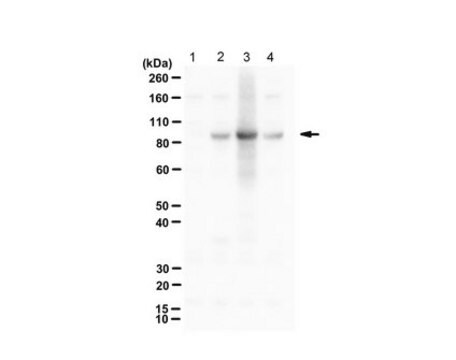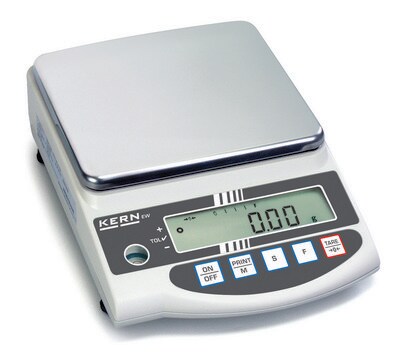MABC1092
Anti-ASPP2 (TP53BP2) Antibody, clone DX54.10
clone DX54.10, from mouse
Synonym(e):
Apoptosis-stimulating of p53 protein 2, Bcl2-binding protein, Bbp, Renal carcinoma antigen NY-REN-51, Tumor suppressor p53-binding protein 2, 53BP2, p53-binding protein 2, p53BP2
About This Item
Empfohlene Produkte
Biologische Quelle
mouse
Qualitätsniveau
Antikörperform
purified antibody
Antikörper-Produkttyp
primary antibodies
Klon
DX54.10, monoclonal
Speziesreaktivität
human
Verpackung
antibody small pack of 25 μL
Methode(n)
immunocytochemistry: suitable
immunohistochemistry: suitable (paraffin)
immunoprecipitation (IP): suitable
western blot: suitable
Isotyp
IgG1κ
UniProt-Hinterlegungsnummer
Versandbedingung
ambient
Posttranslationale Modifikation Target
unmodified
Angaben zum Gen
human ... TP53BP2(7159)
Verwandte Kategorien
Allgemeine Beschreibung
Spezifität
Immunogen
Anwendung
Apoptose & Krebs
Immunohistochemistry Analysis: A representative lot detected ASPP2 (TP53BP2) in Immunohistochemistry applications (Wang, Y., et. al. (2014). Nat Cell Biol. 16(11):1092-104).
Immunocytochemistry Analysis: A representative lot detected ASPP2 (TP53BP2) in Immunocytohemistry applications (Wang, Y., et. al. (2013). Cell Death Differ. 20(4):525-34; Wang, Y., et. al. (2014). Nat Cell Biol. 16(11):1092-104).
Western Blotting Analysis: A representative lot detected ASPP2 (TP53BP2) in Western Blotting applications (Wang, Y., et. al. (2013). Cell Death Differ. 20(4):525-34; Samuels-Lev, Y., et. al. (2001). Mol Cell. 8(4):781-94).
Qualität
Western Blotting Analysis: A 1:125 dilution of this antibody detected ASPP2 in lysates of U2OS cells transfected with siRNA to knock down iASPP and in RISC-free U2OS cells.
Zielbeschreibung
Physikalische Form
Lagerung und Haltbarkeit
Sonstige Hinweise
Haftungsausschluss
Sie haben nicht das passende Produkt gefunden?
Probieren Sie unser Produkt-Auswahlhilfe. aus.
Lagerklassenschlüssel
12 - Non Combustible Liquids
WGK
WGK 1
Analysenzertifikate (COA)
Suchen Sie nach Analysenzertifikate (COA), indem Sie die Lot-/Chargennummer des Produkts eingeben. Lot- und Chargennummern sind auf dem Produktetikett hinter den Wörtern ‘Lot’ oder ‘Batch’ (Lot oder Charge) zu finden.
Besitzen Sie dieses Produkt bereits?
In der Dokumentenbibliothek finden Sie die Dokumentation zu den Produkten, die Sie kürzlich erworben haben.
Unser Team von Wissenschaftlern verfügt über Erfahrung in allen Forschungsbereichen einschließlich Life Science, Materialwissenschaften, chemischer Synthese, Chromatographie, Analytik und vielen mehr..
Setzen Sie sich mit dem technischen Dienst in Verbindung.







